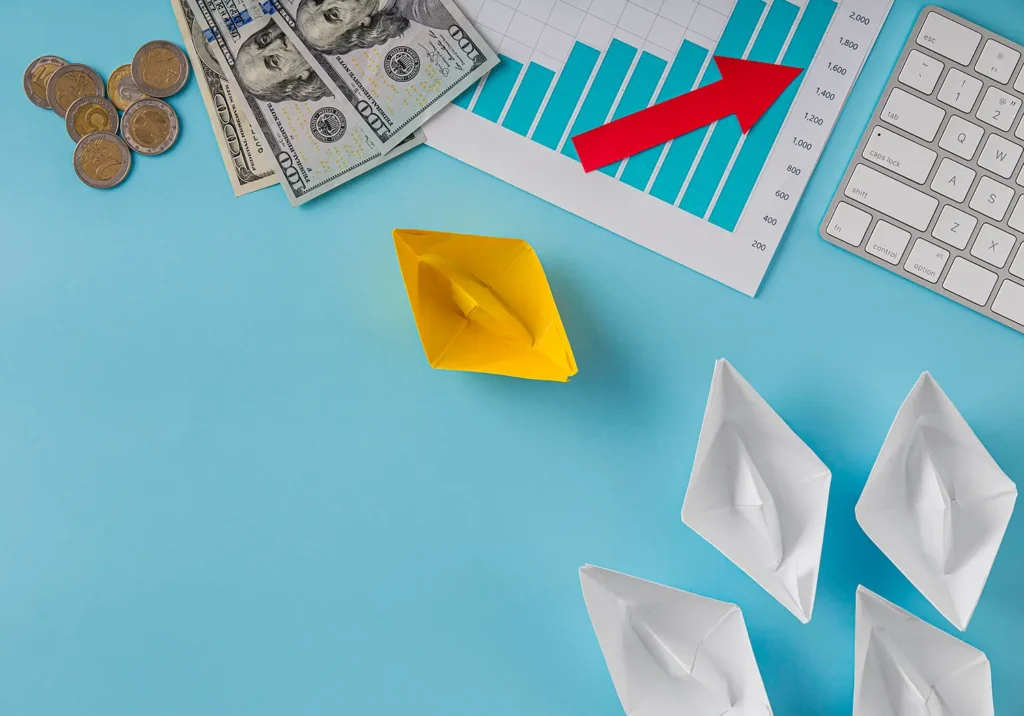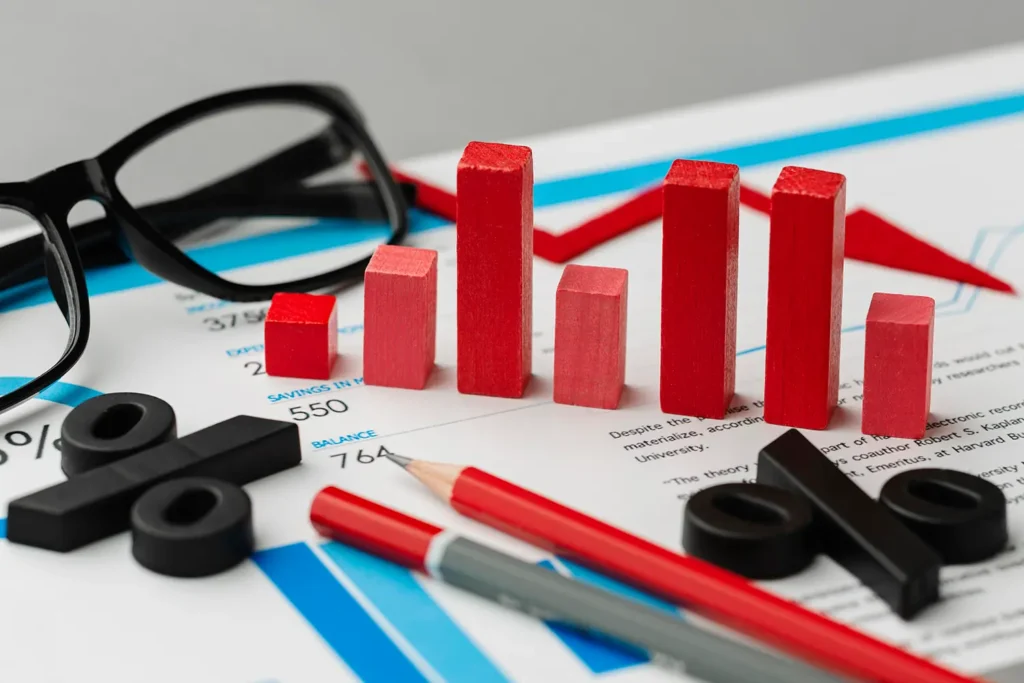introduction
Understanding the 5 Risk and Return is an essential part of financial decision-making because every investment carries a balance between potential profit and possible loss.
Whether you’re saving for retirement, planning to invest in stocks, or just exploring ways to grow your money, understanding the relationship between risk and return is essential for making informed choices.In the world of personal finance and investing, two concepts dominate every decision — risk and return.
This article explores what risk and return really mean, how they relate to different investment options, and how you can strike the right balance to build long-term wealth.
Risk refers to the uncertainty of achieving expected results, while return is the reward an investor gains for taking that risk. By learning the five key aspects of risk and return, individuals can make smarter choices, manage uncertainty, and align their investments with their financial goals. This understanding helps build confidence and ensures a more strategic approach to wealth building.

What is Risk?
In finance, risk refers to the possibility that your investment might not perform as expected. This could mean earning less than you hoped, losing part (or all) of your money, or facing unexpected changes in market conditions.
Risk is the possibility of losing part or all of your investment due to uncertainty in financial markets or unexpected events. It represents the chance that the actual outcome of an investment will be different from what was expected. Every financial decision, whether in stocks, mutual funds, or crypto, carries some level of risk. Understanding risk is important because it helps investors prepare for challenges, make informed choices, and balance their desire for higher returns with their ability to handle potential losses.
Types of Investment Risks:
Market Risk: Risk of losses due to market volatility.
Inflation Risk: Risk that your money loses value over time due to inflation.
Credit Risk: Risk that a borrower (like a bond issuer) won’t repay you.
Liquidity Risk: Difficulty selling an investment without a loss.
Currency Risk: Fluctuations in foreign exchange affecting investment returns.
The higher the potential return, the higher the risk tends to be. But not all risk is bad — it can also bring reward if managed wisely.
What is Return?
Return is the profit or loss made from an investment over time. It’s usually expressed as a percentage and can come from:
Capital Gains: Selling an asset for more than you paid.
Dividends: Earnings shared by a company to shareholders.
Interest Income: Payments from bonds, savings accounts, or loans.
Formula for Return:
sql
Return (%) = (Final Value – Initial Investment) / Initial Investment × 100
Example:
If you invest $1,000 in stocks and it grows to $1,200 in a year:
Return = (1200 – 1000)/1000 × 100 = 20%

The Risk-Return Tradeoff
There is a direct relationship between risk and return:
The higher the risk, the greater the potential for higher return — but also a greater chance of loss.
Investment Type Risk Level Expected Return
Savings Account Very Low 2–4%
Bonds Low 4–6%
Mutual Funds Moderate 6–10%
Stocks High 8–15%+
Cryptocurrencies Very High 20% or more (but highly volatile)
Why Understanding Risk and Return Matters
Many new investors focus only on how much money they can make — the return — and ignore the risks. This is dangerous.
Knowing how much risk you can handle — also called risk tolerance — helps you:
Choose the right investment options.
Avoid panic during market downturns.
Stick to a long-term financial plan.
Sleep peacefully at night.
How to Assess Your Risk Tolerance
Ask yourself:
What is my investment time frame? Longer time allows you to handle more risk.
Will I panic if my investment drops by 20%? If yes, you’re risk-averse.
Do I need this money soon? If yes, avoid high-risk investments.
Tools to Balance Risk and Return
Here are some practical ways to manage risk while seeking decent returns:
1.Diversification
Spread your money across different assets (stocks, bonds, real estate) to reduce risk.
2.Asset Allocation
Mix of assets based on your age, goals, and risk profile.
Example:
Age 25 = 80% stocks, 20% bonds
Age 55 = 40% stocks, 60% bonds
3.Emergency Fund
Before investing, keep 3–6 months of expenses in a savings account.
4.Dollar-Cost Averaging
Invest fixed amounts regularly instead of a lump sum — helps reduce impact of market volatility.
5.Review Investments Regularly
Rebalance your portfolio based on market changes and life goals.
Real-World Examples of Risk and Return
Scenario 1: Low Risk, Low Return
Savings Account — You invest $5,000 in a savings account with 3% interest. After 1 year, you earn $150. Safe, but not life-changing.
Scenario 2: Moderate Risk, Moderate Return
Mutual Funds — You invest $5,000 in a balanced mutual fund. It grows by 8%, giving you $400 in return. Slight market movement but stable.
Scenario 3: High Risk, High Return (and Loss)
Crypto — You invest $5,000 in a new cryptocurrency. It grows 50% in 6 months, then drops 60% the next. Now your $5,000 is worth $4,000 or even less. Big swing!
Common Mistakes Investors Make
Chasing High Returns Only: Ignoring risk can lead to big losses.
Investing Without a Plan: No goals = no direction.
Panic Selling: Selling during a market dip locks in losses.
Lack of Diversification: All money in one investment increases risk.
Risk is Inevitable — But Manageable
There’s no such thing as a “no-risk” investment — even keeping money in cash loses value over time due to inflation. The key is to understand what level of risk is acceptable for your financial goals and build a plan around it.
Conclusion
Understanding risk and return is the cornerstone of successful investing. Every investor — from a beginner to a seasoned trader — must grasp how much risk they are taking and what returns they can realistically expect.
You don’t have to fear risk. When handled wisely, risk becomes a powerful tool to grow your wealth. The smartest investors aren’t the ones who avoid risk entirely — they’re the ones who manage it intelligently.
So before your next investment, pause and ask:
“What is the risk?”
“What is the expected return?”
“Does this align with my goals and tolerance?”
Read More about personal finance.



